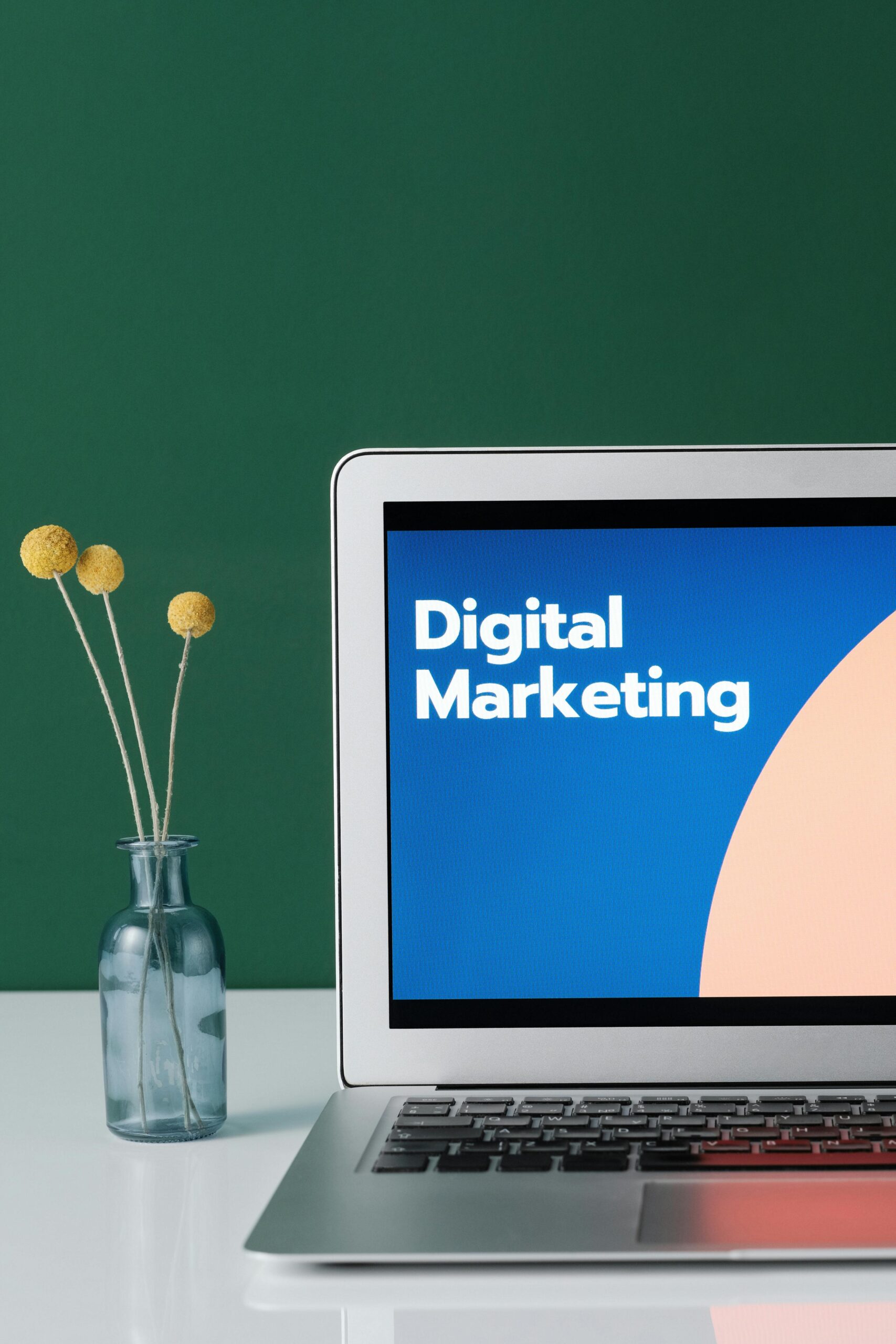Small businesses need effective digital marketing strategies to compete in today’s competitive landscape. Here are ten proven strategies to boost your online presence and grow your business:
1. Search Engine Optimization (SEO)
Optimize your website for search engines to increase organic traffic. Focus on keyword research, high-quality content, and mobile responsiveness.
2. Content Marketing
Create valuable blog posts, videos, and infographics to engage your audience and establish authority in your industry.
3. Social Media Marketing
Use platforms like Facebook, Instagram, and LinkedIn to connect with your audience, promote your brand, and increase engagement.
4. Email Marketing
Build an email list and send personalized newsletters, promotions, and updates to keep your customers engaged.
5. Pay-Per-Click (PPC) Advertising
Invest in Google Ads and social media ads to drive targeted traffic and increase conversions.
6. Influencer Marketing
Partner with influencers in your niche to boost brand credibility and reach a larger audience.
7. Video Marketing
Use short-form videos on TikTok, Instagram Reels, and YouTube to engage users and showcase your products or services.
8. Local SEO
Optimize your Google My Business profile and collect reviews to attract local customers.
9. Affiliate Marketing
Collaborate with affiliates who promote your products for a commission, expanding your reach and sales.
10. Data Analytics
Regularly analyze data from Google Analytics and social media insights to refine your marketing strategies.
By implementing these strategies, small businesses can establish a strong digital presence and achieve sustainable growth.
How to Leverage Social Media for Business Growth
Social media is a powerful tool for business growth when used strategically. Here’s how to maximize its potential:
1. Define Your Goals
Identify whether you want to increase brand awareness, generate leads, or drive sales.
2. Choose the Right Platforms
Focus on platforms where your target audience is most active, such as Instagram, LinkedIn, or TikTok.
3. Create High-Quality Content
Post engaging content, including images, videos, and blogs, to captivate your audience.
4. Engage With Your Audience
Respond to comments, messages, and reviews to build relationships and brand trust.
5. Use Paid Advertising
Boost posts and run targeted ad campaigns to reach a wider audience.
6. Monitor Performance
Track key metrics like engagement, reach, and conversions to optimize your strategy.
Consistently applying these tactics can help businesses grow their online presence and drive success.
The Power of PPC: How to Run Profitable Paid Ad Campaigns
Pay-Per-Click (PPC) advertising can drive immediate results for businesses when executed correctly. Here’s how to create a profitable PPC campaign:
1. Set Clear Objectives
Define your campaign goals, whether it’s lead generation, sales, or brand awareness.
2. Conduct Keyword Research
Use tools like Google Keyword Planner to find high-intent keywords relevant to your business.
3. Craft Compelling Ad Copy
Write clear, persuasive ad copy with a strong call-to-action (CTA) to encourage clicks.
4. Optimize Landing Pages
Ensure your landing page is relevant, mobile-friendly, and optimized for conversions.
5. Monitor and Adjust
Regularly analyze campaign performance and make data-driven adjustments to improve ROI.
With the right strategy, PPC campaigns can significantly enhance online visibility and revenue.
How AI is Revolutionizing Digital Marketing in 2025
Artificial Intelligence (AI) is reshaping digital marketing by automating processes and enhancing customer experiences. Here’s how AI is making an impact in 2025:
1. Personalized Marketing
AI-driven algorithms analyze user behavior to deliver personalized content and product recommendations.
2. Chatbots and Customer Support
AI chatbots provide instant responses, improving customer engagement and satisfaction.
3. Automated Content Creation
AI-powered tools generate blog posts, social media captions, and email campaigns efficiently.
4. Predictive Analytics
AI analyzes historical data to predict trends and optimize marketing strategies.
5. Voice Search Optimization
With the rise of voice assistants, AI helps businesses optimize content for voice search.
Leveraging AI in digital marketing can improve efficiency, customer engagement, and business growth.
Instagram vs. Facebook Ads: Which One Works Best for Your Business?
Choosing between Instagram and Facebook ads depends on your business goals and target audience. Here’s a comparison to help you decide:
1. Audience Demographics
- Facebook: Broader audience, suitable for all age groups.
- Instagram: Younger audience, ideal for lifestyle and visual-based brands.
2. Ad Formats
- Facebook: Variety of formats, including carousel, video, and lead generation ads.
- Instagram: Focuses on visually appealing ads in Stories, Reels, and feeds.
3. Engagement Levels
- Facebook: Higher engagement for text-based and informational ads.
- Instagram: Higher engagement for visual and interactive content.
4. Cost and ROI
- Facebook: Generally lower CPC (cost per click) but may require a larger budget for conversions.
- Instagram: Higher engagement but may cost more for high-converting campaigns.
Both platforms have unique advantages, and the best choice depends on your business niche, budget, and target audience.

